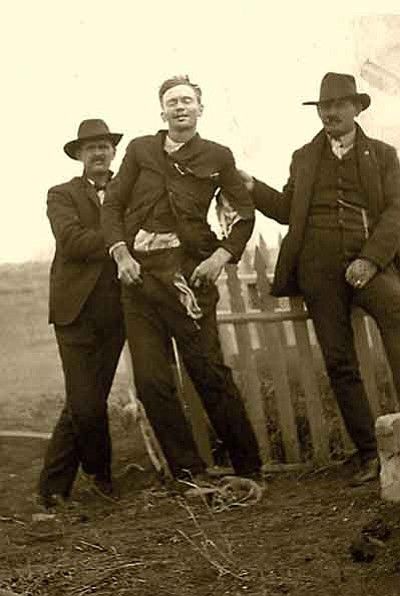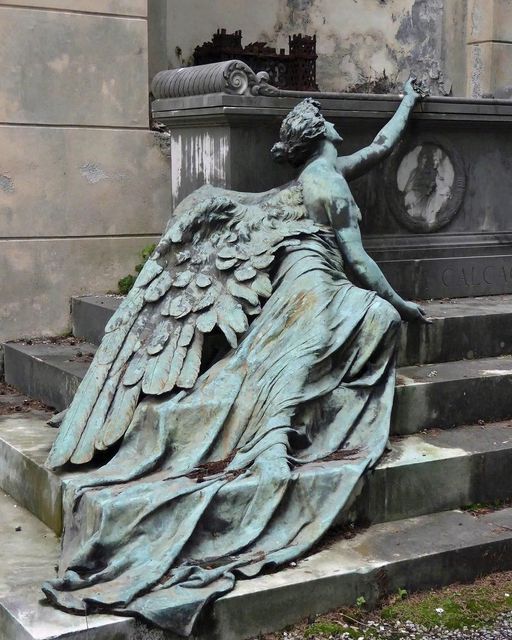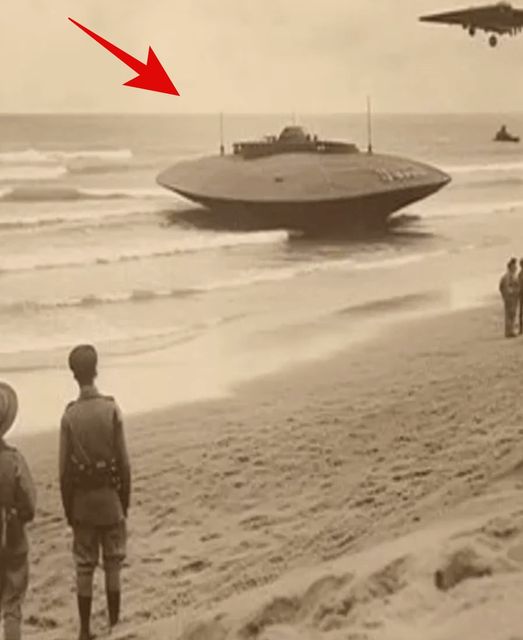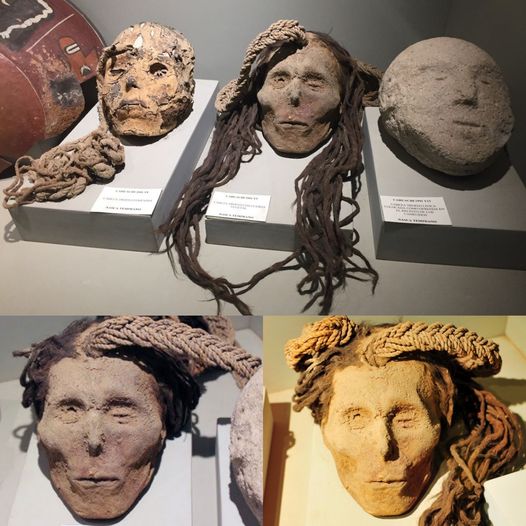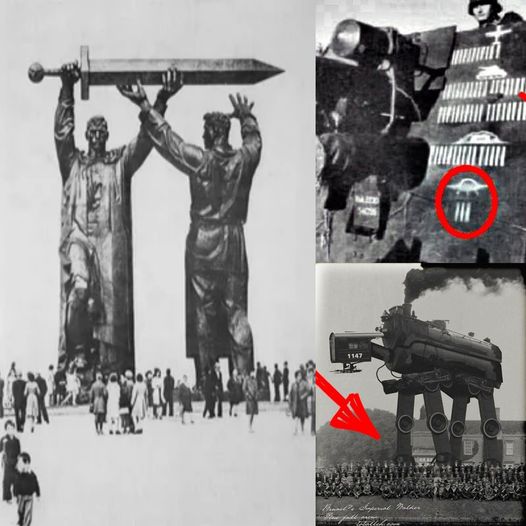Amidst the lush greenery and rugged landscapes of Easter Island, a monolithic figure lies in repose, a silent testament to the grandeur of the island's stone-carving legacy. This figure, known to the world as one of the famed Moai statues, presents a unique narrative — it was a leviathan among giants, intended to stand at an astounding 72 feet tall, a stature that would have dwarfed the island's next largest standing statue by more than double its height.
The photograph provided captures the grandeur of this unfinished Moai, embedded in the bedrock from which it was being meticulously carved. The scale of this endeavor is brought into stark relief when one considers that this Moai, had it been completed and erected, would have weighed more than two Boeing 737 aircraft. Its immense size raises poignant questions about the ancient Rapa Nui people and their motivations, tools, and techniques used in such an ambitious undertaking.

This image is a window into the past, showcasing the methodical process by which these colossal figures were brought into being. The Moai are believed to represent the spirits of ancestors, chiefs, or other high-ranking individuals who watched over the island's inhabitants, embodying the mana, or spiritual power, of these figures.
The process of carving such statues involved the use of basalt stone tools, known as toki, with which the craftsmen would painstakingly chip away at the volcanic tuff. The statues were carved in situ, meaning they were sculpted directly in the quarries where the stone was found, as vividly depicted in this aerial snapshot. Once the front of the statue was completed, the sculptors would dig a trench around the body, allowing them to carve the back without moving the statue.

The reason this particular Moai was left unfinished remains shrouded in mystery. Some speculate it was due to the statue's sheer size, making transportation and erection an insurmountable challenge. Others suggest that social upheaval or environmental change may have disrupted its completion.
What remains indisputable, however, is the ambition of the Rapa Nui people, who endeavored to carve such a monolith. Their work is a narrative etched in stone, speaking volumes about their social organization, religious beliefs, and artistic prowess. The unfinished Moai is as much a monument to the human spirit and its boundless aspiration as it is a relic of a distant past.

Today, as archaeologists and historians continue to unravel the secrets of Easter Island, each discovery, like this colossal figure, contributes to a deeper understanding of this enigmatic culture. The giant Moai remains in the quarry, a stone sentinel that never took its place among the standing figures, yet stands as a profound symbol of Rapa Nui's cultural heritage.






